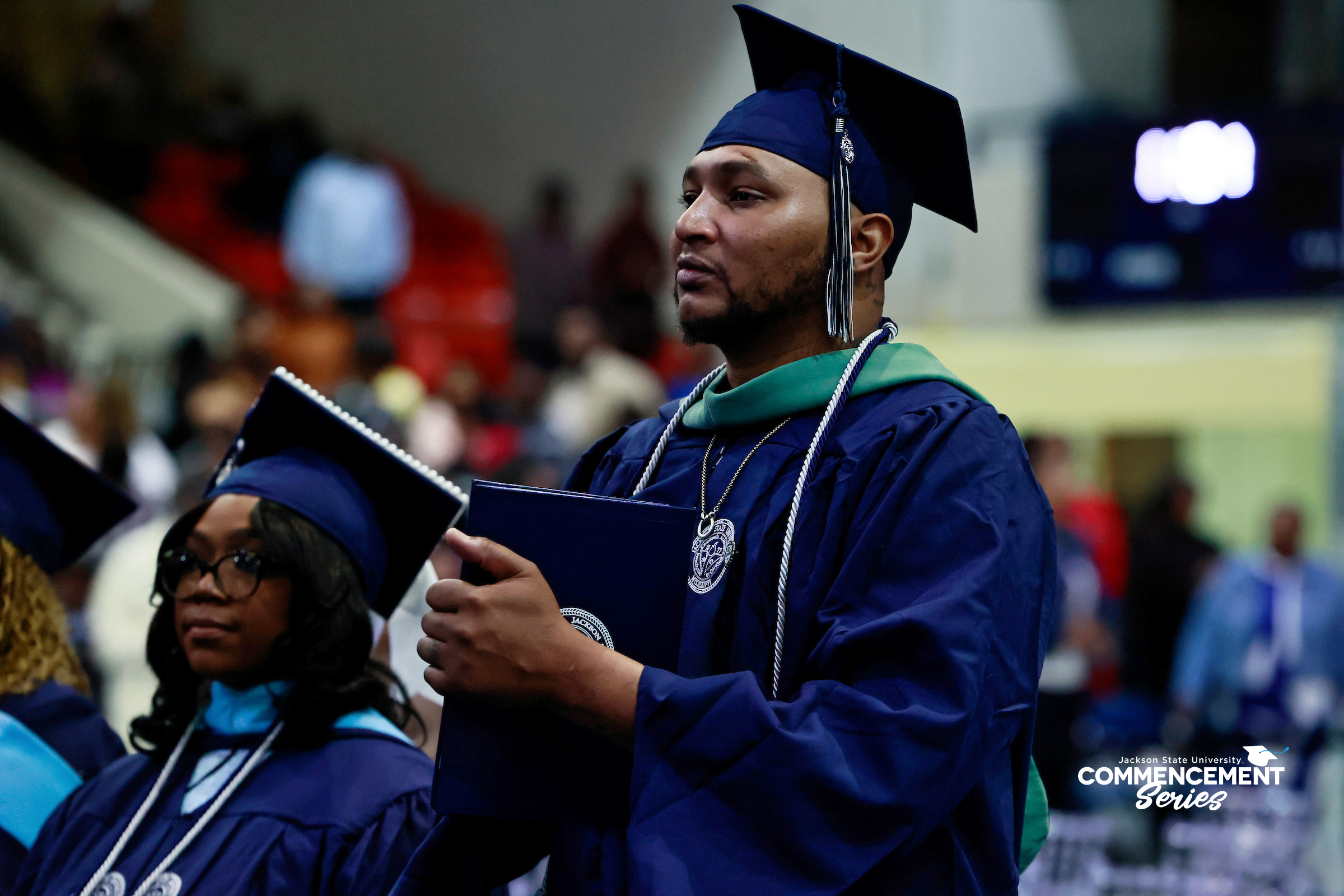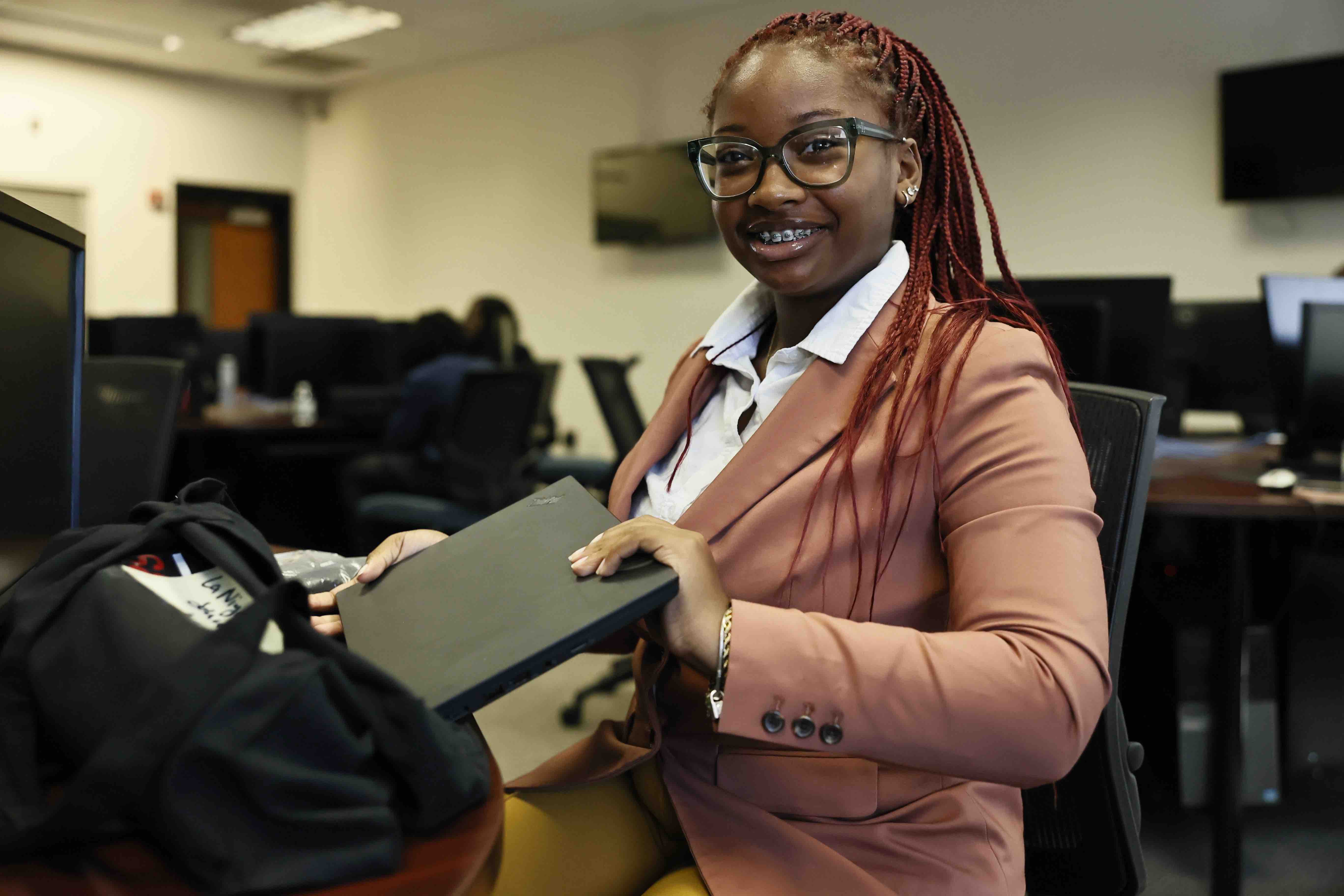![]() [hr][hr]
[hr][hr]
As remote-learning continues through the end of the school semester, parents have transitioned to educators on a more permanent basis. It is a role that typically entails years of higher education, the completion of licensure or certification requirements, and perhaps, most importantly, patience. In other words, it is not an easy task.
While some parents have adjusted ideally, others may find it taxing, especially while telecommuting. However, as always, parents will continue to do what they must for the betterment of their families.

Founded in 1877, Jackson State University has a long history of producing educators that have inspired youth around the nation. Kanesha N. Bennett, Ed.D, director of the Lottie W. Thornton Early Childhood Center at Jackson State University, and Diamond Dortch, who teaches English and language arts at Bolton Edwards Elementary Middle School, are graduates of the HBCU.
Both educators share their tips to, hopefully, make home-schooling enjoyable for everyone.
1. Create a schedule/routine
Creating a daily schedule or routine can help add structure and direction for your learners while at home. Doing so can also alleviate some pressure and time for parents to complete tasks themselves.
2. Create a learning space
Dedicating a space for learning in the home can sharpen your child’s focus, their motivation to learn and heighten creativity.
3. Utilize teachers and districts
School districts and teachers are working tirelessly to transition to distant learning. This is a learning process for all. Call on your child’s teacher for help when needed.
4. Be innovative
Take the time to learn your child’s interests and learning styles. Learn from each other and have fun during the process.
5. Take advantage of learning resources
Learning resources are available to parents during this pandemic at little to no cost, so be sure to take full advantage.
6. BREATHE
Take a moment to breathe. Be reminded that you have always been your child’s first teacher. This is a confusing time for parents and students. Therefore, remain confident in your efforts to support your learner. You are doing the best you can do!
Below is a suggested home-learning schedule and list of resources provided by the Lottie W. Thornton Early Childhood Center.

Time |
Activity |
8 a.m. – 9 a.m. |
Breakfast/Get ready (Yes, change out of PJ’s!)Promote independence by allowing scholars to dress themselves, brush their teeth, etc. |
9 a.m. – 9:30 a.m. |
Morning Warm-Up (Take a family walk, https://family.gonoodle.com/) |
9:30 a.m. – 10 a.m. |
Circle Time (Review alphabets/numbers, Sing-A-Longs, Shapes, Calendar (Days of week/months of year), Seasons, Today’s Weather) |
10 a.m. – 10:25 a.m. |
Fine Motors Activity/Practice Writing(Playdough, Block building, Shoe Tying, Cut/Paste, Puzzles) |
10:25 a.m. – 10:30 a.m. |
Clean-up (Allow your child to clean up their area independently.) |
10:30 a.m. – 11 a.m. |
Free Play (Ideally, outside if weather permits. Wash your hands when coming back in.) |
11 a.m. – 11:20 a.m. |
Storytime (This would be the time that students read with a parent or sibling. If students are ready, they can read on their own.) |
11:20 a.m. – 11:40 a.m. |
Lunch (Listen to an educational podcast! Try Wow in the World! If you like science, Stories Podcast or Circle Round to hear a story, or Noodle Loaf to learn about music!) |
11:40 a.m. – 11:50 a.m. |
Clean-up (Allow your child to clean up their area independently.) |
11:50 a.m. – Noon |
Wind down (Read a story, call a grandparent, prep an afternoon snack) |
Noon – 2 p.m. |
Rest time/Watch a movie with your family |
2 p.m. – 2:20 p.m. |
Tech Time (See below list of resources) |
2:20 p.m. – 2:30 p.m. |
Afternoon Snack |
2:30 p.m. – 3:30 p.m. |
Create/Innovate (Paint, draw, or build/DIY family project. GET CREATIVE!) |
3:20 p.m. – 3:30 p.m. |
Clean-up. (Allow your child to clean up their area independently.) |
3:30 p.m. – 7 p.m. |
Relax, go outside, play, and enjoy family. |
7 p.m. – 8 p.m. |
Dinner, lights out. Goodnight! |






